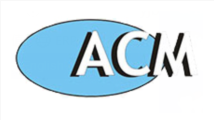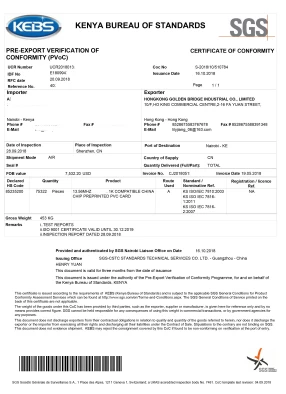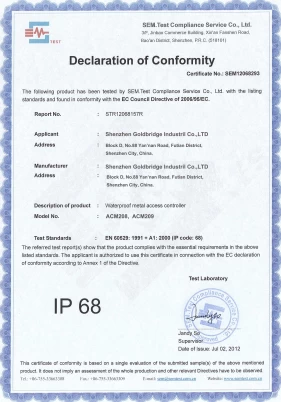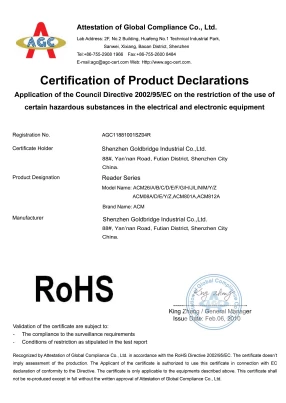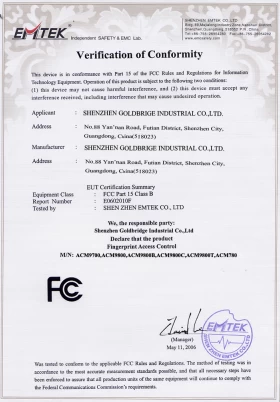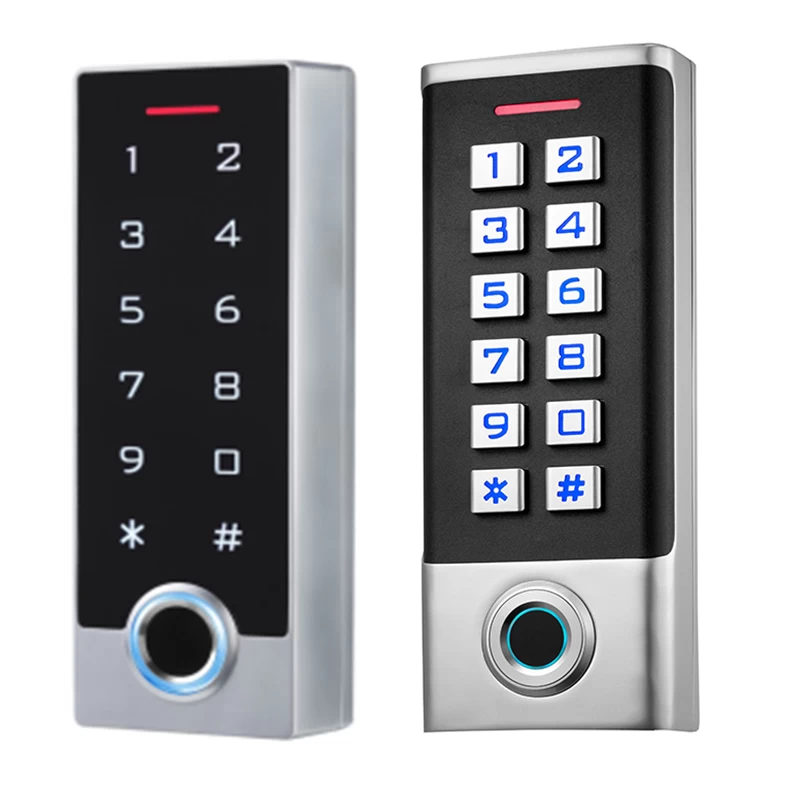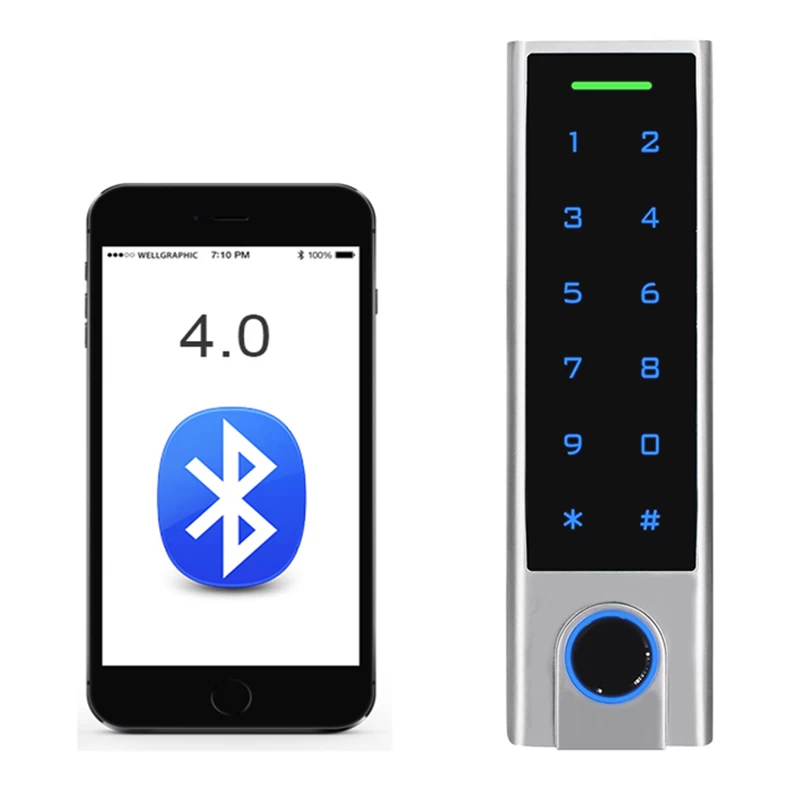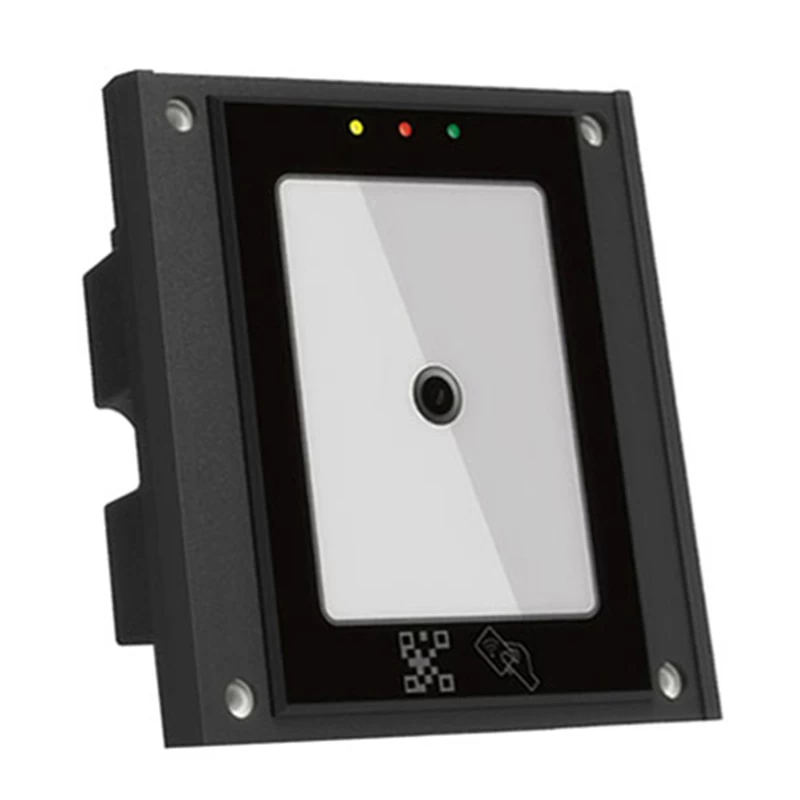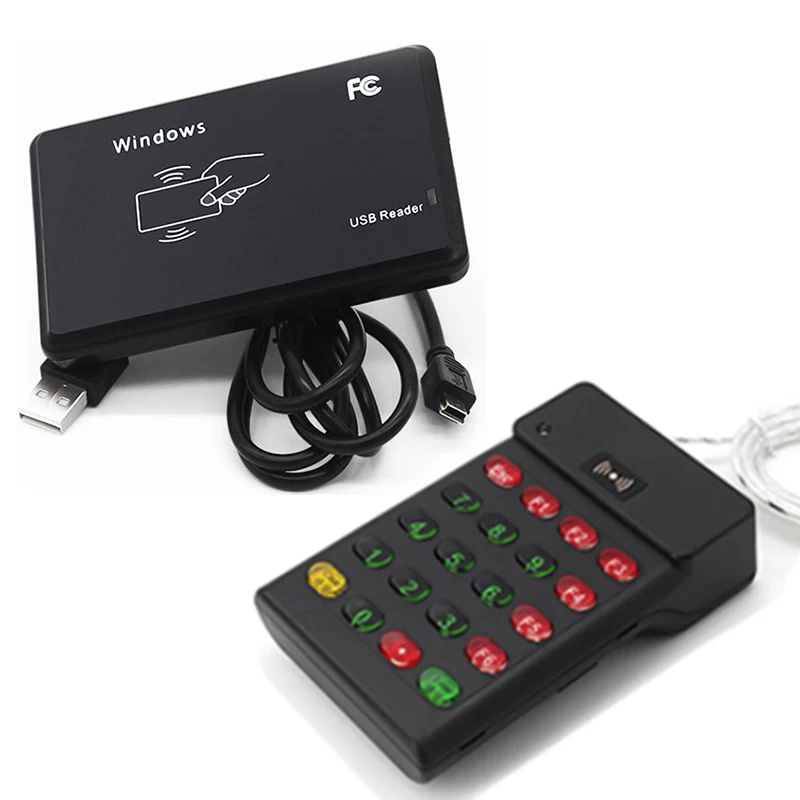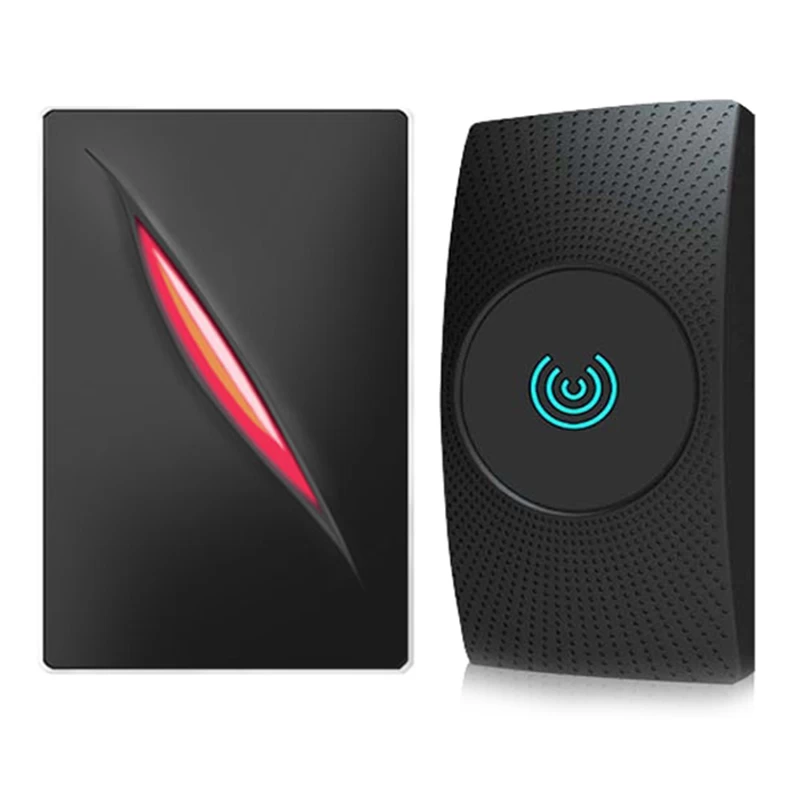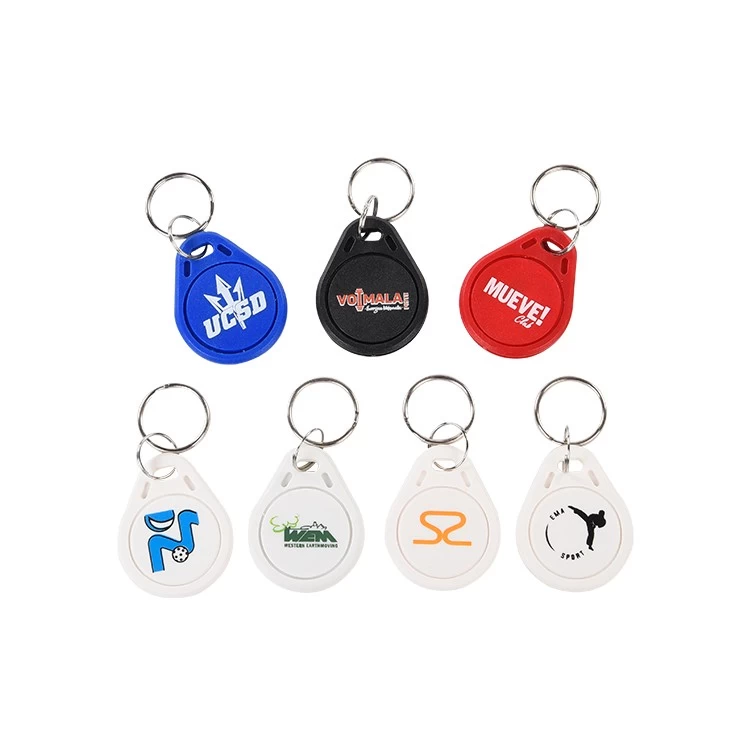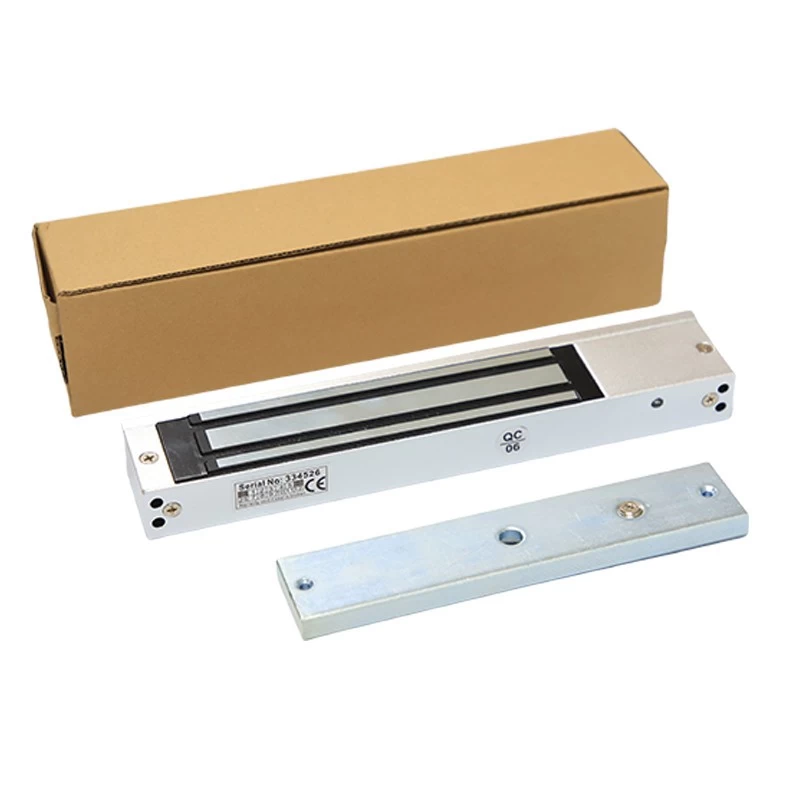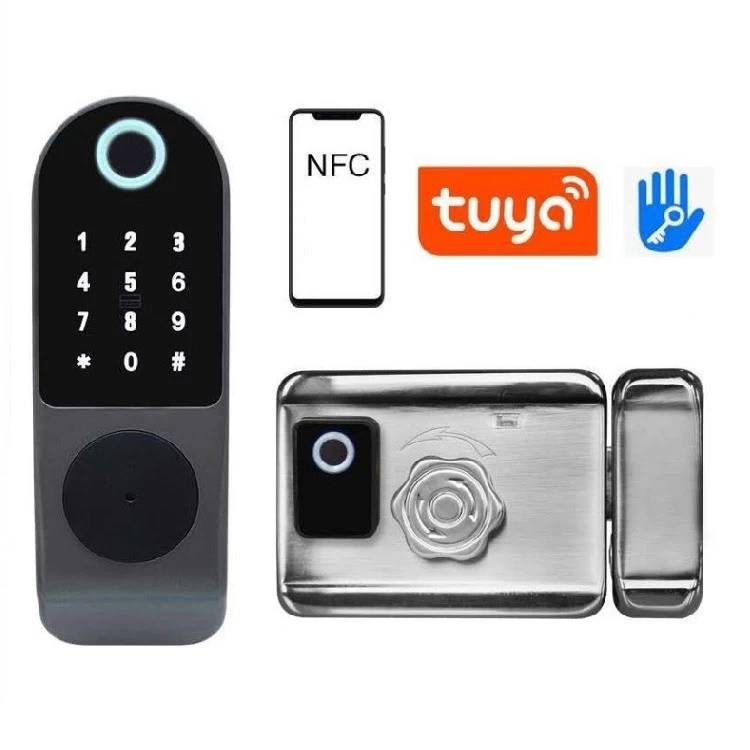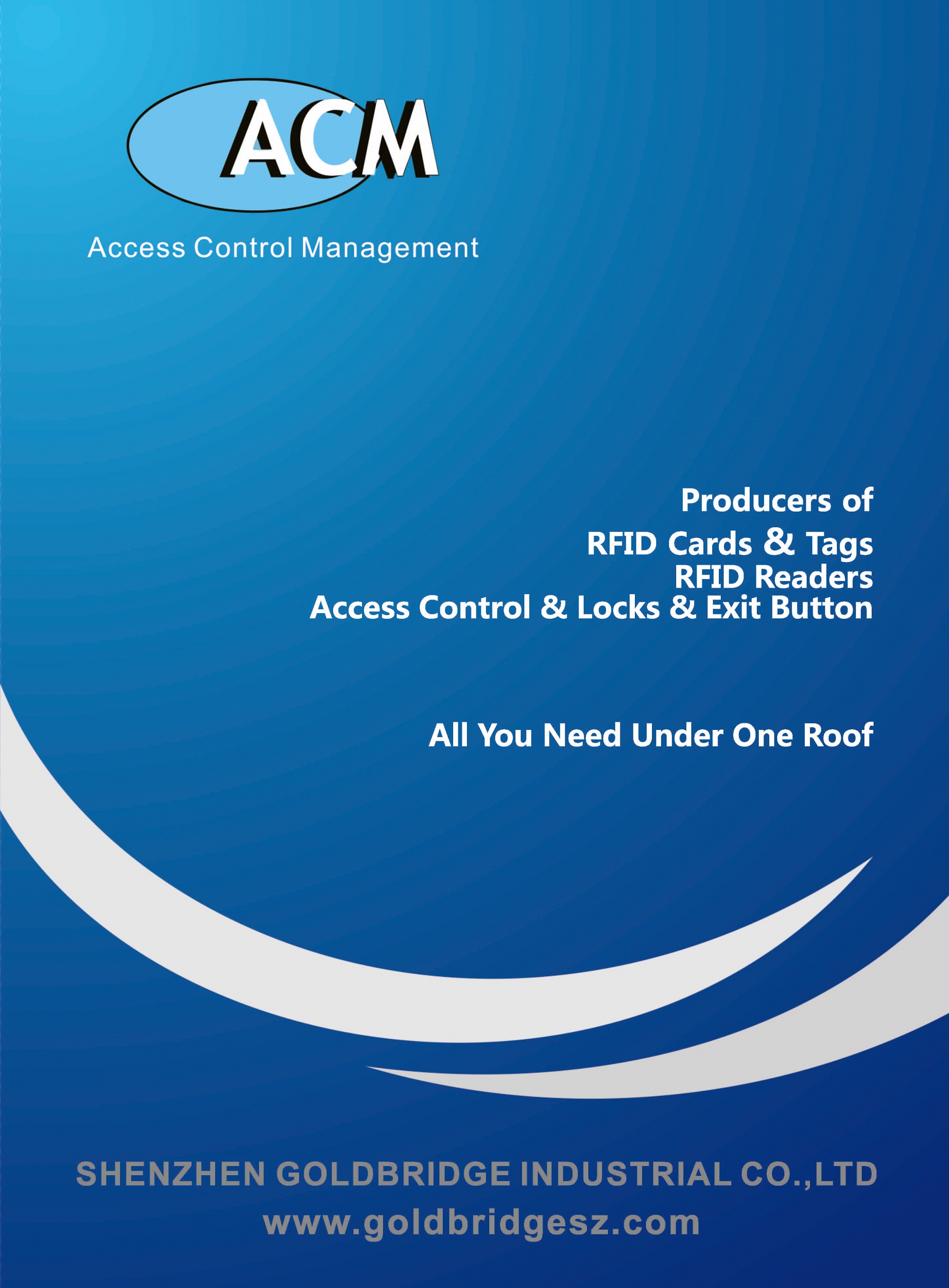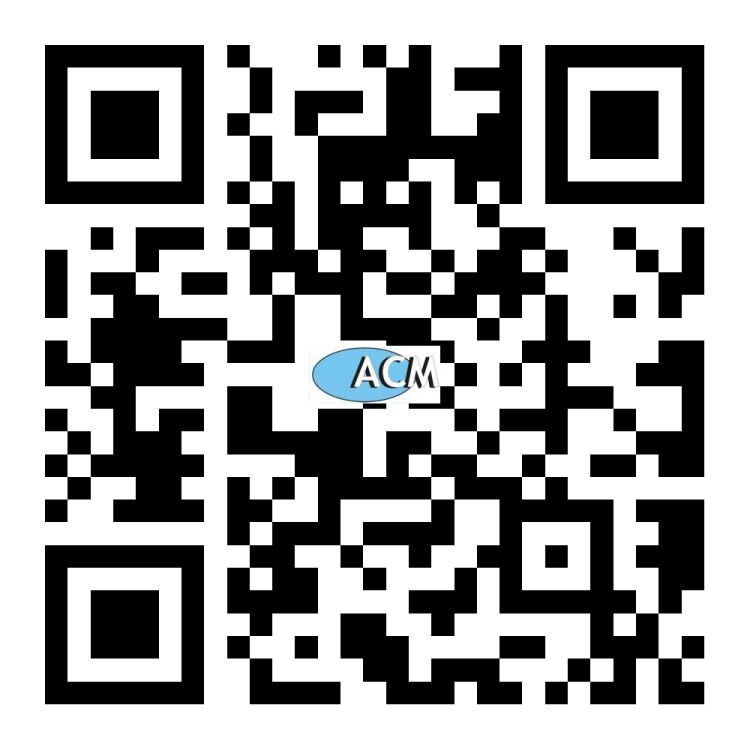RFID traceability is highly adaptable to food traceability scene
Forward traceability is a complete process of tracing the flow direction of finished products from front to back along the direction of supply chain. Reverse
traceability is the process of tracing back to raw materials from back to front along the opposite direction of the supply chain. In the field practice, the
traceability scheme based on RFID has obvious advantages.
From the perspective of the supermarket supply chain, which is closely related to residents' life, from cold storage to cold chain truck, then to commercial freezer,
and finally to consumers. In the process of distribution from cold storage to supermarket, supermarket staff can read the cargo information of the cold chain truck by
using RFID to read and write PDA, and make statistics of relevant data in time, so as to avoid out of stock and out of stock.
In the process of supermarket operation, the supermarket can install RFID reading and writing equipment in the frozen area to radiate the reading range, so as to
ensure the normal temperature of the frozen area and ensure the freshness of the food. In addition, when the customer takes the goods from the freezer, it can
automatically obtain the relevant information of the goods taken away, and send the information to the automatic replenishment system of the supermarket in time.
The development and application of RFID technology provides opportunities for fresh food cold chain logistics operation. As of September 2019, Suning cold chain
service has covered more than 270 cities. HEMA fresh cold chain has established 33 multi-layer warehouses, 11 processing centers and 4 temporary seafood and
aquaculture centers nationwide, covering more than 170 new online and offline retail stores. Shunfeng also established the cold chain company in 2018, which is
committed to building a domestic leading refrigeration system and a cold chain logistics center with rapid circulation and processing capacity.
In the scene of slaughterhouse, RFID technology is usually used to track meat. Due to cost reasons, it is generally used to track and manage batches. Although some
commodity traceability scenarios will use two-dimensional code, the reading of two-dimensional bar code is more restricted, which is not suitable for automatic reading
of identification code in multiple production links of slaughterhouse, and the two-dimensional bar code is easy to be polluted and is not suitable for the needs of
slaughterhouses.
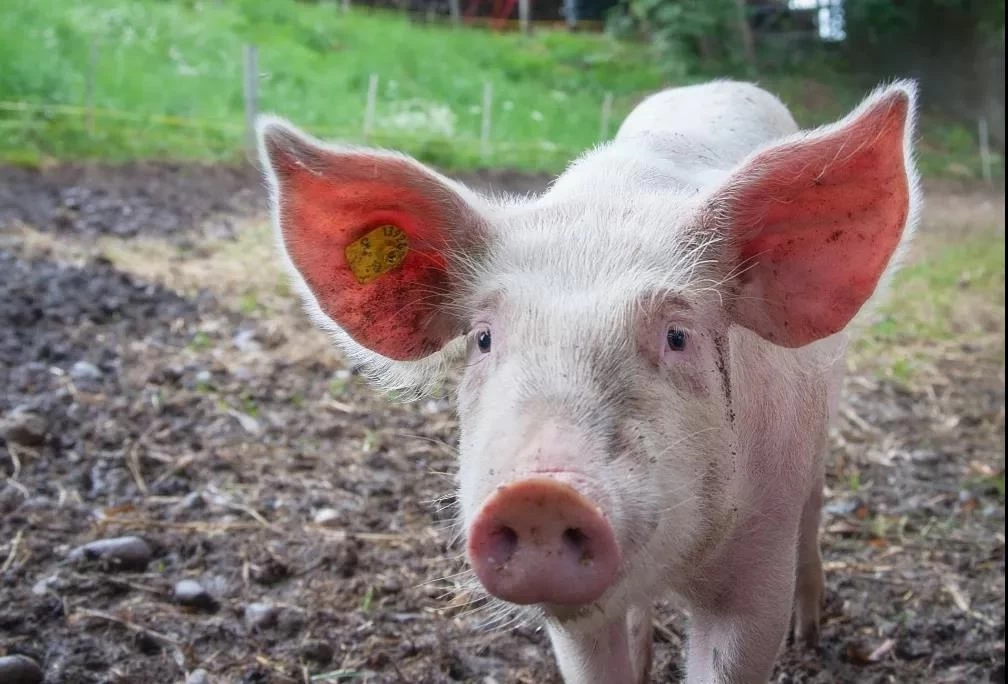
For more RFID tags information please contact sales@goldbridgesz.com
